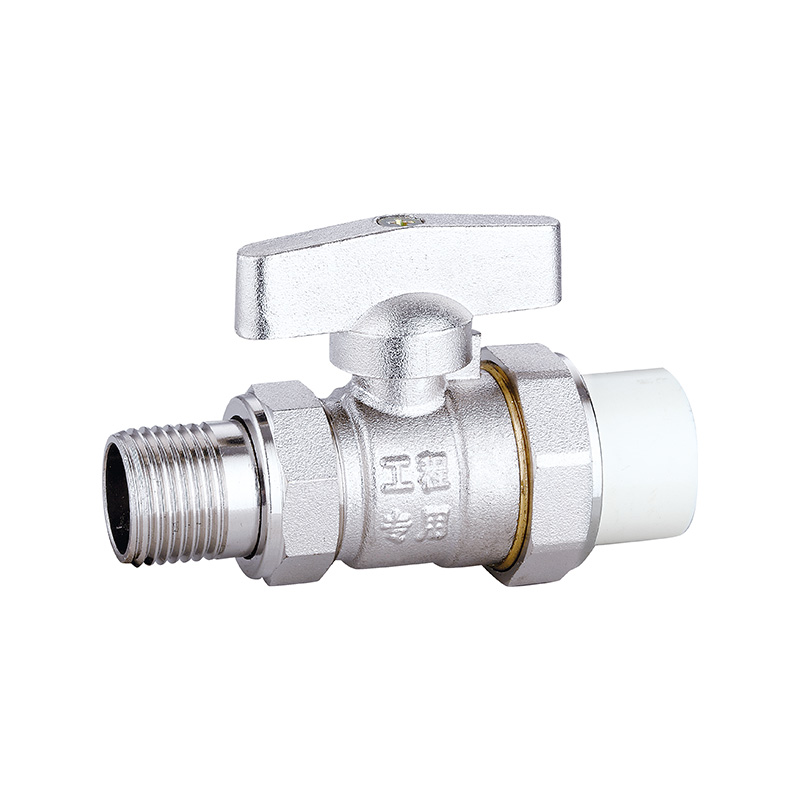Introduction to Plumbing Components for Hydrothermal Distribution Supply
Hydrothermal distribution systems play a crucial role in modern heating and cooling infrastructures, providing efficient thermal energy transfer through water-based circulation. These systems are widely used in residential, commercial, and industrial settings to maintain comfortable indoor temperatures and support various process heating applications. Central to the effective operation of hydrothermal distribution are the plumbing components that facilitate the movement, control, and management of heated or cooled water within the network.

Efficient hydrothermal distribution requires well-designed plumbing components that guarantee reliable flow, precise temperature control, and minimized energy loss.
The Plumbing Components for Hydrothermal Distribution Supply can be broadly categorized based on their roles: piping and fittings, valves and controls, pumps, expansion devices, and auxiliary parts.
1. Pipes and Fittings
At the core of any hydrothermal system are the pipes that carry water throughout the building or facility. Pipes must be durable, corrosion-resistant, and capable of handling temperature and pressure fluctuations.
Materials: Common piping materials include copper, steel, stainless steel, and various plastics like PEX (cross-linked polyethylene) or CPVC (chlorinated polyvinyl chloride). Each material has distinct advantages related to cost, ease of installation, thermal conductivity, and longevity.
Fittings: These are used to connect pipes and change the direction or diameter of the flow. Fittings include elbows, tees, couplings, reducers, and flanges. Proper selection and installation of fittings ensure leak-free connections and smooth flow dynamics.
2. Valves and Flow Control Devices
Valves regulate water flow, control pressure, and isolate sections of the system for maintenance or safety purposes. Different valve types serve specific functions:
Gate Valves: Commonly used for on/off control, these valves allow full flow or complete shutoff with minimal pressure loss.
Globe Valves: Suitable for flow regulation, globe valves provide precise control over flow rates.
Ball Valves: Known for quick operation and reliable sealing, ball valves are often used for isolation.
Check Valves: These prevent backflow, ensuring unidirectional water movement and protecting equipment from reverse pressure.
Balancing Valves: Used to distribute flow evenly across the system, these valves optimize heat distribution and improve energy efficiency.
Correct valve selection ensures system stability, operational flexibility, and maintenance convenience.
3. Pumps
Pumps are essential to maintain water circulation throughout the hydrothermal distribution network. Depending on system size and design, different pump types are used:
Centrifugal Pumps: The common type, centrifugal pumps provide consistent flow rates and are efficient for typical heating and cooling applications.
Variable Speed Pumps: These pumps adjust flow based on demand, improving energy efficiency and system responsiveness.
Booster Pumps: Used to increase water pressure in larger or multi-story installations.
Proper pump sizing and control are critical to avoid energy waste and ensure sufficient flow.
4. Expansion Devices
Water expands as it heats, so hydrothermal systems incorporate expansion tanks or vessels to accommodate volume changes and prevent excessive pressure buildup.
Expansion Tanks: These contain an air bladder or diaphragm that compresses as water volume increases, maintaining system pressure within safe limits.
Pressure Relief Valves: These valves release water automatically if pressure exceeds set thresholds, protecting pipes and equipment from damage.
Effective expansion management safeguards system integrity and extends component life.
5. Auxiliary Components
Additional components support system monitoring, safety, and efficiency:
Thermometers and Pressure Gauges: Provide real-time system status for temperature and pressure, enabling informed operational decisions.
Air Vents and Separators: Remove trapped air from the system to prevent noise, corrosion, and flow obstruction.
Strainers and Filters: Protect pumps and valves by removing debris and particulates from circulating water.



 English
English русский
русский Español
Español عربى
عربى


